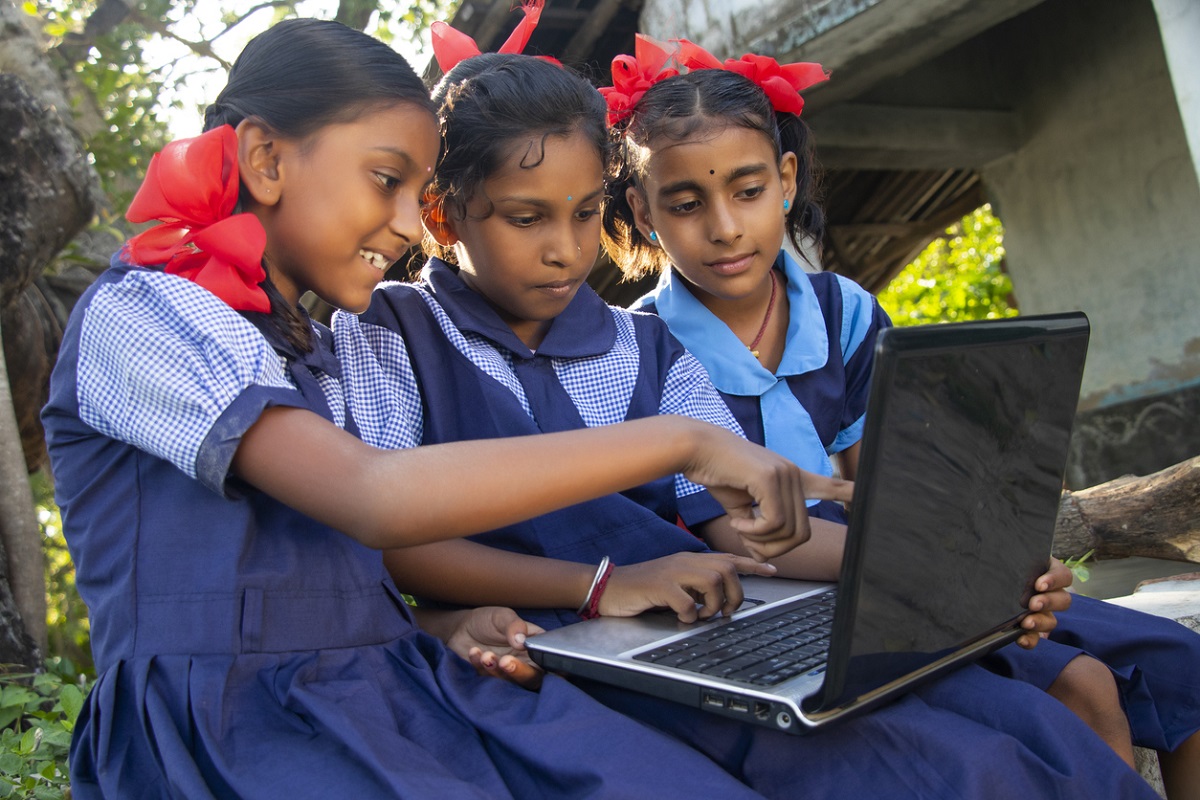Schools and colleges, until very recently, were associated with classrooms full of students, playgrounds, kids enjoying their breaks, sharing food and stories. Fast forward to 2021, and online education has made its way into our everyday lives. While this is a global trend, the Indian education market saw a sea change. There is definitely an opportunity with online learning, both financially and in terms of the impact possible. The industry spans age groups starting early learners from preschool to continuous learning for senior executives.
The primary reason for the quick adoption and paradigm shift amongst learners is that online learning is significantly more scalable, flexible and convenient than offline learning. EdTech platforms allow content to reach billions through the click of a button. According to the Ministry of Education, India faced a shortage of 1 million teachers in 2020, a severe bottleneck to quality education. Virtual classrooms allow quality teachers to access more students, bridging the gap. New-age classrooms, apps that allow personalized learning and conferencing tools like Zoom engage multiple learners at once. Flexibility and convenience for learners and teachers, as long as they are adept with technology, make this an anytime, anywhere solution with tremendous potential.
Advertisement
Secondly, in many cases, virtual learning comes with a reduction in cost, making online learning a viable solution in countries like India. Non-profit solutions like the Khan Academy have made video content accessible to those that need it, allowing students to access incredible teachers for free.
It also helps that online learning has transformed from watching boring videos to active learning. New technology, artificial intelligence, experiential learning, gaming and other technological advancements have created engaging and interactive educational experiences. While the students can repeatedly access the content as many times as they want; new-age content formats make it easier for them to understand concepts and retain them over time. They can access their lecture anytime, anywhere, and study at their own pace.
In conclusion, the paradigm has changed – not just temporarily but for the years to come. Many teachers have had to learn how to use a computer or a smartphone from scratch, and many more are learning new skills themselves to keep their online classes interesting, all for the sake of their students. Parents and those who are upskilling themselves, corporate HR teams and recruiters have adapted as well. As a result, despite schools reopening and people getting back to work physically, we still see a hybrid future in the education sector. It seems highly likely that supplemental learning and employability training for those in the 8th grade and above will remain largely online. And for those who are in remote locations, perhaps all aspects of their education will move to the online platform, so that they can access not just a basic, but a world-class education at the click of a button!
(By Shveta Raina, Founder and CEO, Talerang)











